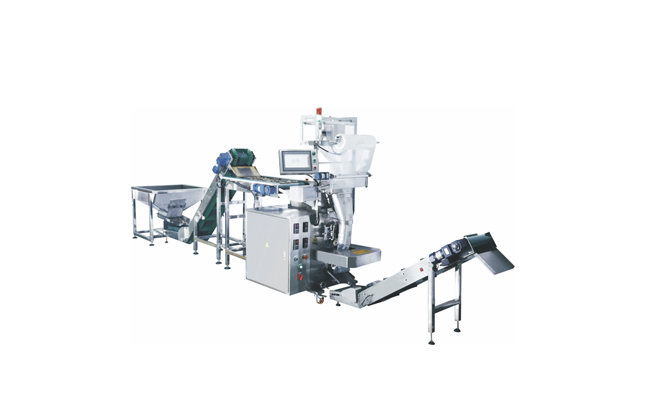
Date | 2023-05-11 04:08:21
Machinery packaging refers to the process of wrapping, protecting, and transporting industrial machines and equipment. It involves the use of specialized materials and techniques to ensure the safe delivery of machinery from one location to another. In this article, we will provide an overview of machinery packaging, its importance, and the techniques used.
Importance of Machinery Packaging
Machinery packaging is essential to protect expensive equipment during transport. When machines are shipped, they are subjected to various risks, such as collisions, vibrations, moisture, and other environmental factors. These risks can cause significant damage to the equipment, resulting in costly repairs or replacements. Machinery packaging helps to minimize these risks and ensures that the equipment arrives at its destination in the same condition it was in when it left the manufacturer.
Materials Used in Machinery Packaging
Various materials are used in machinery packaging, including crates, skids, pallets, and custom-designed containers. The choice of material depends on the size and weight of the equipment, the mode of transportation, and the distance to be covered. For example, lightweight equipment may be packed in cardboard boxes, while heavier equipment may require wooden crates or steel containers.
In addition to the packaging materials, protective materials such as foam, bubble wrap, and shrink wrap are used to cushion the equipment and prevent damage during transport. These materials are designed to absorb shock and vibration and protect the equipment from scratches, dents, and other surface damage.
Packaging Techniques
Packaging techniques vary depending on the type and size of the equipment. For instance, machinery with irregular shapes or delicate parts may require custom packaging to ensure a snug fit and maximum protection. Additionally, some equipment may need to be disassembled before packaging and reassembled at the destination. This requires specialized knowledge and skills to avoid damage to the equipment.
Another important aspect of machinery packaging is labeling. Each package must be labeled with the contents, handling instructions, and destination to ensure that the equipment is delivered to the right location and handled properly. This helps to avoid mix-ups and delays and ensures that the equipment arrives at its destination in a timely and efficient manner.
Conclusion
In conclusion, machinery packaging is an essential aspect of industrial equipment transport. It involves the use of specialized materials and techniques to ensure that expensive machinery arrives at its destination in the same condition it was in when it left the manufacturer. Machinery packaging helps to minimize the risks associated with equipment transport, including collisions, vibrations, and environmental factors. With proper machinery packaging, equipment can be transported safely and efficiently, minimizing downtime and costs associated with repairs or replacements.Furthermore, machinery packaging also plays a crucial role in complying with various regulations and standards set by international bodies. For example, the International Maritime Dangerous Goods (IMDG) Code sets out regulations for the safe transport of dangerous goods by sea. The IMDG Code specifies the packaging requirements for dangerous goods to ensure their safe transport, including labeling, marking, and documentation requirements. Machinery packaging companies must be aware of these regulations and standards to ensure compliance and avoid fines or legal penalties.
In addition to compliance, machinery packaging also contributes to environmental sustainability. Many packaging materials, such as cardboard and wood, can be recycled, reducing waste and conserving resources. Furthermore, sustainable packaging solutions, such as reusable crates and containers, can be used to minimize the environmental impact of machinery packaging.
In conclusion, machinery packaging is an essential component of industrial equipment transport that requires specialized knowledge and skills. Proper machinery packaging ensures the safe and efficient transport of expensive equipment, minimizes downtime, and contributes to compliance with various regulations and standards. With the increasing demand for machinery and equipment transport in various industries, machinery packaging is set to play an even more significant role in ensuring the smooth functioning of businesses worldwide.
